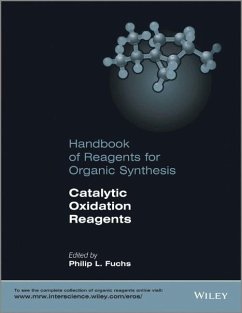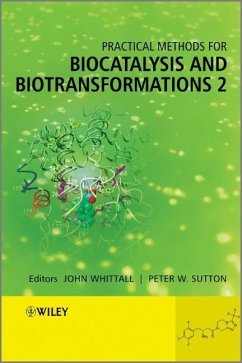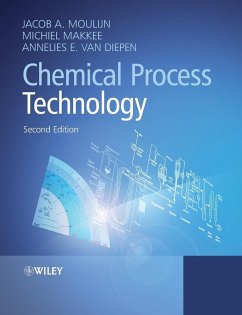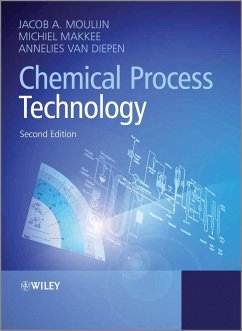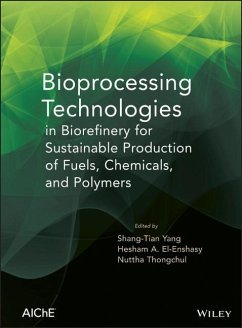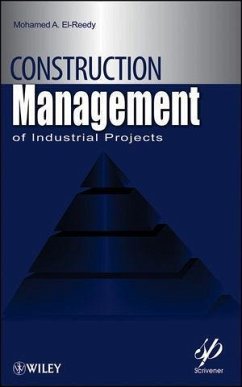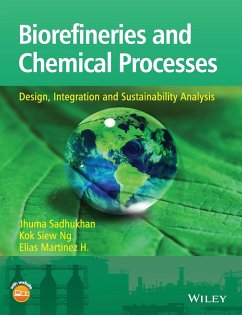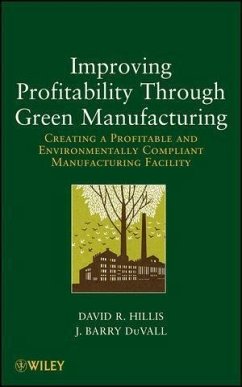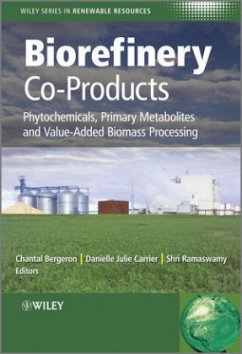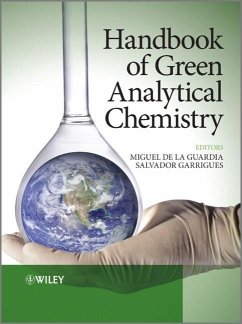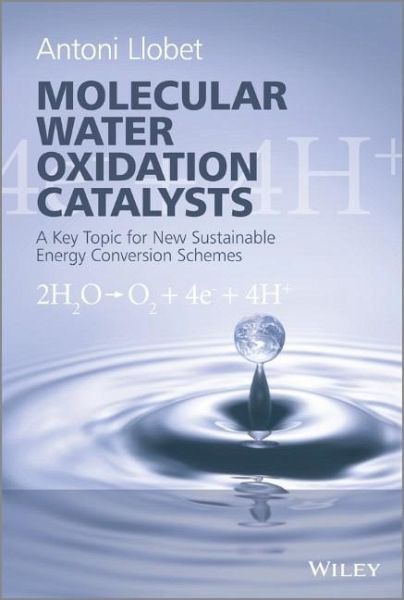
Molecular Water Oxidation Catalysis
A Key Topic for New Sustainable Energy Conversion Schemes
Versandkostenfrei!
Versandfertig in über 4 Wochen
130,99 €
inkl. MwSt.
Weitere Ausgaben:

PAYBACK Punkte
65 °P sammeln!
Photocatalytic water splitting is a promising strategy for capturing energy from the sun by coupling light harvesting and the oxidation of water, in order to create clean hydrogen fuel. Thus a deep knowledge of the water oxidation catalysis field is essential to be able to come up with useful energy conversion devices based on sunlight and water splitting.Molecular Water Oxidation Catalysis: A Key Topic for New Sustainable Energy Conversion Schemes presents a comprehensive and state-of-the-art overview of water oxidation catalysis in homogeneous phase, describing in detail the most important c...
Photocatalytic water splitting is a promising strategy for capturing energy from the sun by coupling light harvesting and the oxidation of water, in order to create clean hydrogen fuel. Thus a deep knowledge of the water oxidation catalysis field is essential to be able to come up with useful energy conversion devices based on sunlight and water splitting.
Molecular Water Oxidation Catalysis: A Key Topic for New Sustainable Energy Conversion Schemes presents a comprehensive and state-of-the-art overview of water oxidation catalysis in homogeneous phase, describing in detail the most important catalysts discovered today based on first and second row transition metals. A strong emphasis is placed on the description of their performance, as well as how they work from a mechanistic perspective. In addition, a theoretical description of some of the most relevant catalysts based on DFT are presented, as well as a description of related natural systems, such as the oxygen evolving system of photosystem II and the heme chlorite-dismutase.
This book is a valuable resource for researchers working on water oxidation catalysis, solar energy conversion and artificial photosynthesis, as well as for chemists and materials scientists with a broad interest in new sustainable energy conversion schemes.
Molecular Water Oxidation Catalysis: A Key Topic for New Sustainable Energy Conversion Schemes presents a comprehensive and state-of-the-art overview of water oxidation catalysis in homogeneous phase, describing in detail the most important catalysts discovered today based on first and second row transition metals. A strong emphasis is placed on the description of their performance, as well as how they work from a mechanistic perspective. In addition, a theoretical description of some of the most relevant catalysts based on DFT are presented, as well as a description of related natural systems, such as the oxygen evolving system of photosystem II and the heme chlorite-dismutase.
This book is a valuable resource for researchers working on water oxidation catalysis, solar energy conversion and artificial photosynthesis, as well as for chemists and materials scientists with a broad interest in new sustainable energy conversion schemes.




